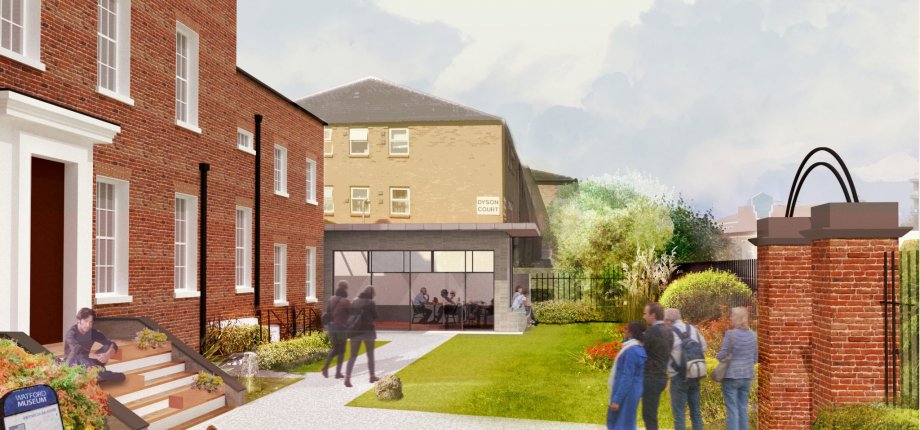Stay in touch with the latest news from AIM and get information on sector grants, jobs and events with our free fortnightly E-News.
Gathering Places: how museum buildings and spaces are changing beyond the pandemic

With their buildings closed and empty over so much of the past 18 months many people involved with museums have reflected on what is most important to them and their communities. Explorations with digital collections and engagement have led to new ways in which museum can be experienced beyond the physical. As in so many areas, the pandemic has largely sped-up trends which were already becoming apparent before 2020.
At their heart museums are public social spaces – places where people can meet and catalyse civic life. What has been missed during periods of isolation over the past 18 months is less the simple viewing of displays but rather gathering with other people to experience new ideas and engage in the dialogue they provoke. Museums are uniquely positioned to challenge us to go beyond our private domain – both in meeting people who are different to ourselves and in learning new things that have not been ‘suggested’ to us in pop-ups. This is very hard to achieve online, and out-of-view if you are on the wrong side of the digital divide.
The museums we have worked with are actively using their physical spaces to support programming and events that involve people as participants rather than just visitors. They often support a range of community groups that gather at the museum for wide-ranging reasons – from lion-dancing to DJ-ing to Scrabble – but also value the richness the museum offers over other civic venues. If the museum’s physical design can support such uses it becomes relevant to age groups and sections of the community who may not otherwise get involved.
How can architecture and design support this? The answer most frequently lies not in a ‘trophy’ building but rather a surgical approach, where existing buildings are intelligently adapted to suit contemporary aspirations. As a process it is key to begin by considering social relationships first – who are the museum’s community, what activities and events encourage them to get involved – before considering design solutions. For clients ranging from the V&A to Watford Museum we have looked to reduce barriers and provide new-build elements that facilitate new uses.
The specific nature of museum buildings in the UK gives a particular challenge. Often housed in characterful Georgian or Victoria structures, the existing building often provides physical barriers to entry as well as perceptual barriers in appearing imposing – even forbidding – to many people. Targeted interventions within the existing fabric can overcome level changes and open-up intuitive and inviting circulation, making best use of the building and collection. Externally changes to the entrance sequence and façade – or in some cases a new addition – can both symbolise the renewal of a museum and create a more welcoming and inclusive impression. Overcoming the cellular nature of many traditional buildings to provide flexible exhibition and events spaces can also unlock a design.
As we move beyond the constraints of the past 18 months, museum buildings have the opportunity to become the hub at the centre of a range of physical and digital experiences for their communities. It is vital to invest in spaces where people gather.
Join us at 11am on Wednesday 21 July as John Puttick discusses these opportunities in more detail, plus gives you the chance to share your own thoughts and ask any questions. Click here to find out more and to book your free place>>
John Puttick is an architect and the founder of John Puttick Associates
